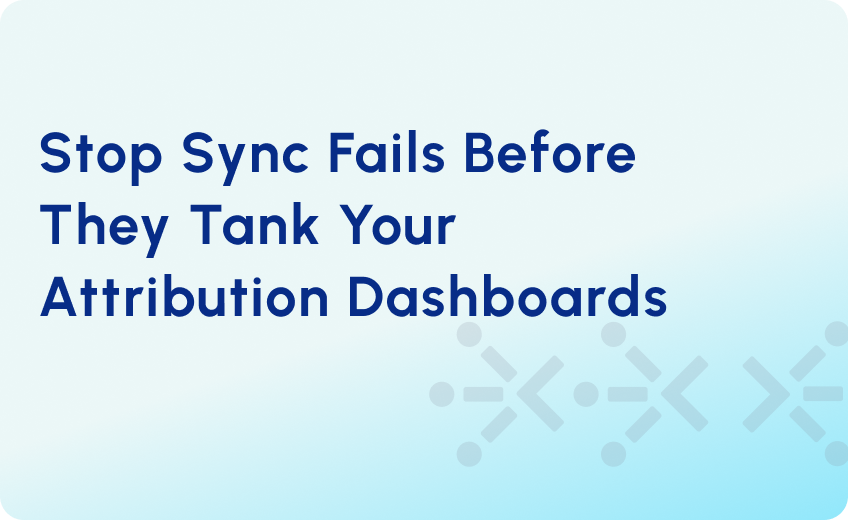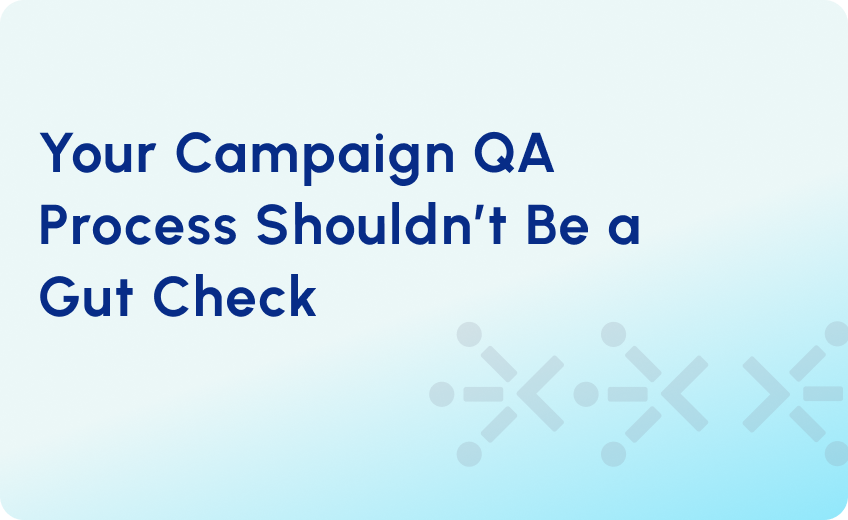
Stop HubSpot Lifecycle Stage Drift from Derailing Your Funnel
Your HubSpot lifecycle stages were set up perfectly. Sales and marketing agreed on definitions. Workflows were built to automate stage changes.
Yet, your reports don’t add up. Leads leapfrog funnel stages or regress. MQLs pile up without converting. Customer counts don’t match closed deals.
This is HubSpot lifecycle stage drift, a stealthy, costly problem undermining your revenue growth.
HubSpot lifecycle stage drift cripples pipeline visibility, misaligns sales and marketing, and stalls growth. But it’s fixable. With a systematic HubSpot lifecycle audit and disciplined RevOps processes, you can stop the drift, reclaim data accuracy, and supercharge your HubSpot pipeline reporting.
What Is Lifecycle Stage Drift?
Lifecycle stage drift happens when contacts move through HubSpot lifecycle stages unpredictably, or stages don’t update as designed. This leads to inaccurate HubSpot lifecycle stage reporting and broken sales-marketing alignment.
Signs you might have drift:
- Contacts skip MQL or SQL stages
- Customers still appear as Leads or MQLs
- Manual overrides by sales reps break automation
- Your lifecycle workflows conflict or overwrite each other
- Reporting relies on manual lists, not lifecycle properties
Root Causes of HubSpot Lifecycle Stage Drift
Here are the main cause of HubSpot Lifecycle Stage Drift:
1. Multiple Workflows Updating Lifecycle Stage
When several workflows write to lifecycle fields without coordination, updates overwrite each other. One of the classic HubSpot lifecycle workflow errors. This causes inconsistent data.
But can multiple workflows update lifecycle stages? Yes. But only if carefully designed to avoid conflicts, usually by assigning specific workflows to funnel entry points or stages.
2. Sales Rep Manual Overrides
Sales teams sometimes manually change lifecycle stages, bypassing workflow logic. Occasional adjustments may be necessary. But unrestricted edits cause drift and reporting errors.
So, should sales reps update lifecycle stages manually? Not always. Instead, automate stage transitions as much as you can. Also, educate teams on the impact of manual edits.
3. Missing or Weak Lifecycle Triggers
Without strong, clear HubSpot enrollment triggers tied to key actions, like form fills, lead scoring, and deal creation, contacts get stuck or jump stages prematurely.
4. HubSpot-Salesforce Sync Issues
If your HubSpot and Salesforce lifecycle stage sync isn’t well-configured, the two systems can overwrite each other’s values. This causes contact stage regression or data loss.
5. Incorrect Default Values and Imports
Blank or incorrect lifecycle stage defaults from contact imports or forms can reset or misclassify contacts. This creates ghost entries that distort pipeline reporting.
How to Fix Lifecycle Stage Drift
Lifecycle drift corrupts HubSpot MQL SQL pipeline reporting, slows GTM motion, and wastes resources. Consequently, MQL-to-SQL tracking breaks, sales can’t prioritize leads, SLAs fail, and nurture campaigns hit the wrong contacts.
1. Find the Root Cause
Drift rarely has one source. To locate it:
- Audit contacts: Look for customers without closed deals or SQLs never marked as MQLs.
- Review workflows: Identify conflicting lifecycle updates.
- Check integrations: Confirm Salesforce or other CRM mappings don’t overwrite HubSpot logic.
- Spot volatility: Build a report to flag contacts with frequent stage changes in short windows.
2. Fix with Structured Logic
Quick patches don’t last. So, use scalable changes:
- Centralize lifecycle updates into a few master workflows.
- Lock stages after key milestones to prevent regression.
- Add conditional checks to avoid overwriting valid data.
- Retire legacy workflows touching lifecycle fields unnecessarily.
Align HubSpot–Salesforce sync so one system controls each update.
3. Keep Drift from Coming Back
Governance protects clean data. To stay stable:
- Document lifecycle definitions and transitions in one RevOps source.
- Assign ownership. Workflows, reps, or sync rules should have clear control.
- Monitor stage changes through dashboards and flag unusual patterns.
- Train sales and marketing to avoid manual overrides unless approved.
Clean, controlled lifecycle data restores trust in reporting, enables accurate forecasting, and ensures every team acts on the same truth, without having to deal with broken funnels.
Final Thoughts
HubSpot lifecycle stage drift is a lack of RevOps governance and workflow discipline. Performing a detailed HubSpot lifecycle audit, fixing workflow errors, and preventing sync conflicts help you create a reliable, aligned funnel that drives growth.
Our HubSpot RevOps consulting services specialize in diagnosing and fixing lifecycle drift, building lifecycle governance, and ensuring your MQL to SQL pipeline reporting is rock solid.
Ready to clean up your lifecycle chaos? Book a consult to align your HubSpot workflows, fix lifecycle drift, and reclaim pipeline clarity.




